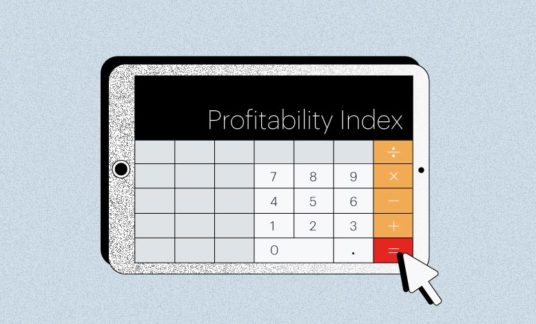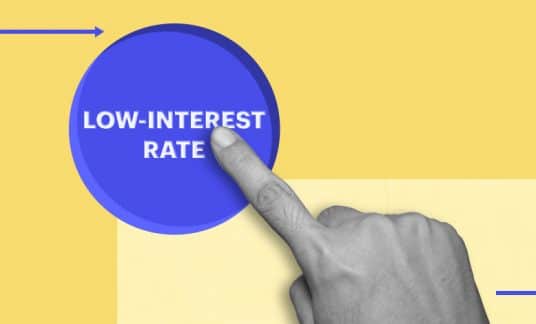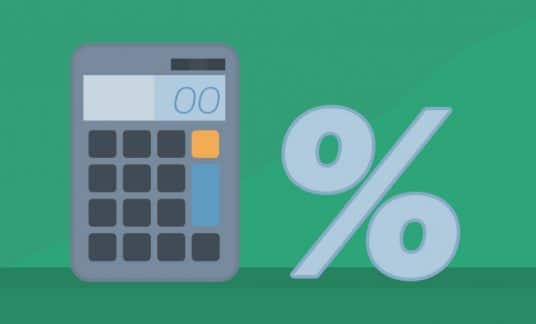A divestment is when a company gets rid of an asset as part of a merger, sale, shutdown or bankruptcy. Businesses large and small can divest assets — in whole or in part — for various reasons.
Let’s go through why businesses divest, the types of divestitures and divestment strategy.
What Can a Business Divest?
Divestiture often refers to the sale of non-core business units, although it can be used to describe the sale of any asset. This includes the following:
- Individual product lines or services
- Property (physical property or intellectual property)
- Subsidiaries (Another business under the holding company’s umbrella may be ripe for divestment if it doesn’t fit in well with the company’s strategy or isn’t profitable.)
Why Do Businesses Divest Assets?
A divestiture is typically used to increase cash for operations or other acquisitions. However, divesting can also shed underperforming business segments or assets that are unlikely to turn acceptable profits.
The following are a few of the common reasons you’d divest business assets:
- Merger and Acquisition: When 2 companies merge or a company buys another, there might be redundancies in the businesses’ products or services, operations or other property assets (e.g., buildings, offices or warehouse equipment)
- Underperforming Assets: A product or service line that isn’t performing well and doesn’t show potential for turning around is a key target for divesting. Shedding these assets can generate cash while eliminating the need to focus on product lines that don’t have long-term potential.
- Location Shutdown: If your business has multiple locations and you see they don’t perform equally, you could close a less profitable branch.
- Sale of Your Business: You could divest your entire business in a sale.
- Bankruptcy: Your divestment strategy after filing for bankruptcy can include selling assets to pay off creditors.

Divestiture Types
Divestment typically will involve a direct sale of assets, but it can include spinoffs and equity carve-outs.
Direct Sales
With direct sales, assets are sold outright. Sellers realize gains or losses and could be liable for taxes on any profits realized.
Spinoffs
Spinoffs are non-cash and tax-free transactions. A parent company might distribute shares of a subsidiary to shareholders. The subsidiary then becomes a stand-alone company. Shares of the subsidiary can be sold as a separate entity.
Equity Carve-Out
Under an equity carve-out, the parent company would sell a percentage of its equity in a subsidiary through a public offering. Equity carve-outs are tax-free because they trade cash for shares in the company.
-
Divestment, Disinvestment and Liquidation
Although the terms often are used interchangeably, divestment, disinvestment and liquidation each have their definition and apply to specific situations.
Disinvestment vs. Divestment
While both can refer to the sale or closure of assets, disinvestment doesn’t reinvest any funds or other assets it receives. With divestment, any gains are reallocated into the existing business.
The Difference Between Divestment and Liquidation
In divestment, assets are sold to make strategic investments elsewhere or to pay off debt. In liquidation, a company sells off all of its assets and closes its doors. Liquidation most frequently occurs when companies are insolvent — unable to pay their obligations when they’re due and potentially unable to refinance or restructure their debt. Assets are sold, creditors and shareholders are paid based on priority and the company is dissolved.
How Does Business Divestiture Work?
There are 7 steps that businesses typically put in action as part of their analysis, planning and sale of assets.
1. Portfolio Assessment
The first step is to evaluate the current portfolio and identify candidates for divesting. It means making an honest assessment of your business’s assets and their long-term potential.
2. Divestiture Planning
Once you’ve identified assets, companies must get formal approval through their governance requirements. At this stage, a divestiture team is created, steps are taken to retain key employees and an action plan is developed.
3. Preparation
Planning is undertaken to mobilize the resources necessary to separate the business or assets from the company. Internal and external resources are engaged to handle the selling process.
4. Buyer Identification
Identifying buyers is a crucial step to the divestiture strategy. Getting the requisite value associated with the asset you’re selling needs to exceed the opportunity cost of keeping the asset.
5. Execution
The company makes its intent to sell known to potential buyers, negotiates a sales agreement and closes the transaction.
6. Transition
The company then transitions the business or other assets to its new owners. Depending on the type of transaction and the agreements made, companies might need to provide services to the acquiring company during this transition period.
7. Post-Transition
After a successful divestment, the company will then decide what to do with the capital from the sale. A company may decide to pay down debt, pursue new businesses or lines of business or expand existing businesses.
Business Divestment as a Strategy
Unless severe financial pressure forces divestiture, it can be a strategic move to help companies expand and prosper in the long term. The capital might be used to create new business and product lines or expand an existing one.
For example, in the wake of COVID-19, more than 90% of companies in the insurance industry report that changing technology and the competitive landscape are impacting divestment plans, according to a study by advisory company EY. The same study further reports that more than half of the responding companies (58%) plan to divest in the next 2 years.
How should you decide if it’s the right time to execute a divestiture strategy? Start by analyzing your business portfolio for potential divestment opportunities. Note that this should happen regularly as part of your business strategy and planning.
Take the following points into consideration before you divest business assets:
Long-Term Impact
Selling an asset for cash to solve an immediate problem or shortfall might be necessary, but it’s crucial to consider the long-term consequences of losing that asset forever.
Choose the Right Timing
Getting rid of the wrong assets or divesting the right assets but at the wrong time can cause problems. Unless you’re being forced into bankruptcy, take the time to decide what to divest and when it’s the right time to do it.
Look for Liquid Assets
It’s easiest to divest assets that are most liquid. Look for current assets when you‘re examining your balance sheet. These include cash, cash equivalents, accounts receivable and other items that can be converted to cash in short order.
Know the ROI
Your divestment strategy should shed assets that aren’t income-producing or are losing money. Analyze the return on investment (ROI) of each of your assets.
Look at the Margins
Higher margin items are likely more valuable as they produce more income on smaller expenses. Measuring gross profit to sales volume (gross profit margin) can show you the better-performing assets.
Review Your Product’s Lifecycle
Almost all products have a unique lifecycle — from start to growth to maturity to decline. When a product is in the mature phase, it might be ripe for divestiture before the decline begins.
Companies need to look at the impact on key personnel and employees when considering divestments. Employees who share duties across work units might be disrupted if you divest assets. Also, key executives could be tied up handling divestiture as they simultaneously try to run the rest of the business.
Business Divestment Examples
The following are real-world corporate divestitures:
Thomson Reuters
The media company divested its intellectual property and science business to private equity funds for $3.55 billion in 2016. At the time of the announcement, Reuters expected “to use about $1 billion of the net proceeds to buy back shares and the balance to pay down debt (primarily commercial paper) and reinvest in the business,” according to its own report.
Roche
This pharmaceutical company divested its “flavors and fragrances, vitamins and fine chemicals businesses” to increase focus on oncology and diagnostics, according to Harvard Business Review.
Is Business Divestiture Worth It?
Depending on your business’s situation, yes, it is. However, it’s essential to conduct careful analysis before deciding to divest business assets.
“To be a candidate for divestiture, a business [or another asset] … must be neither core to the company’s strategy nor naturally more valuable to the company than to anyone else,” according to Harvard Business Review.
Changes to your business or industry, consumer demands and even new laws or policies can mean that some assets are no longer useful to your company’s portfolio. For example, a company might choose to divest interest in fossil fuel stocks or projects to invest in renewable energy initiatives. A good divestment strategy, through a sale or spinoff, can help you fund other ventures and set up your company for future success.











